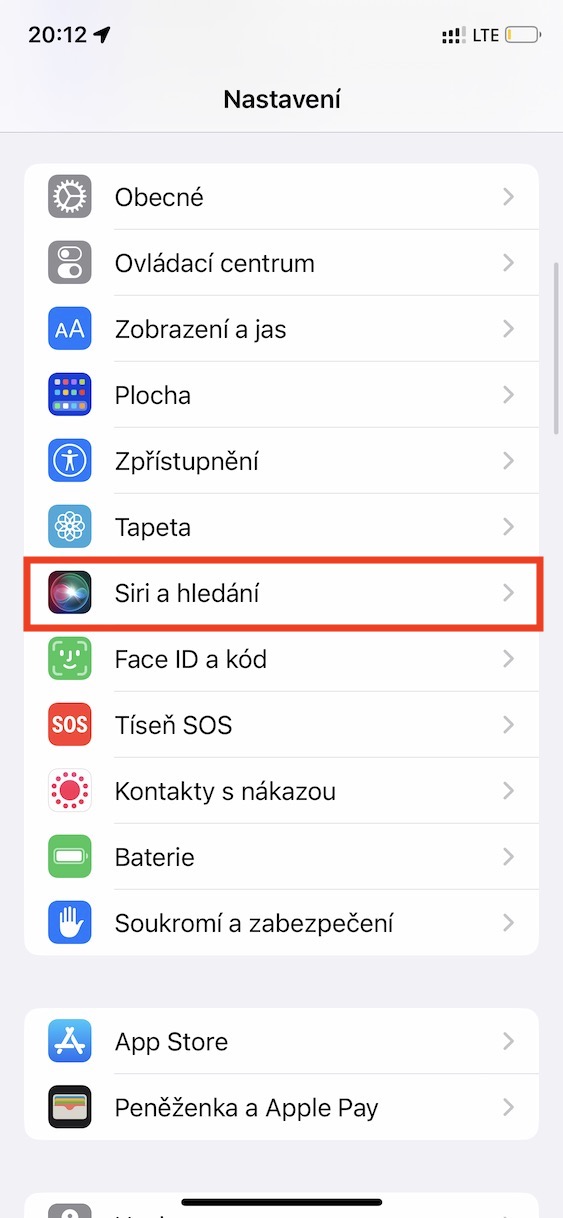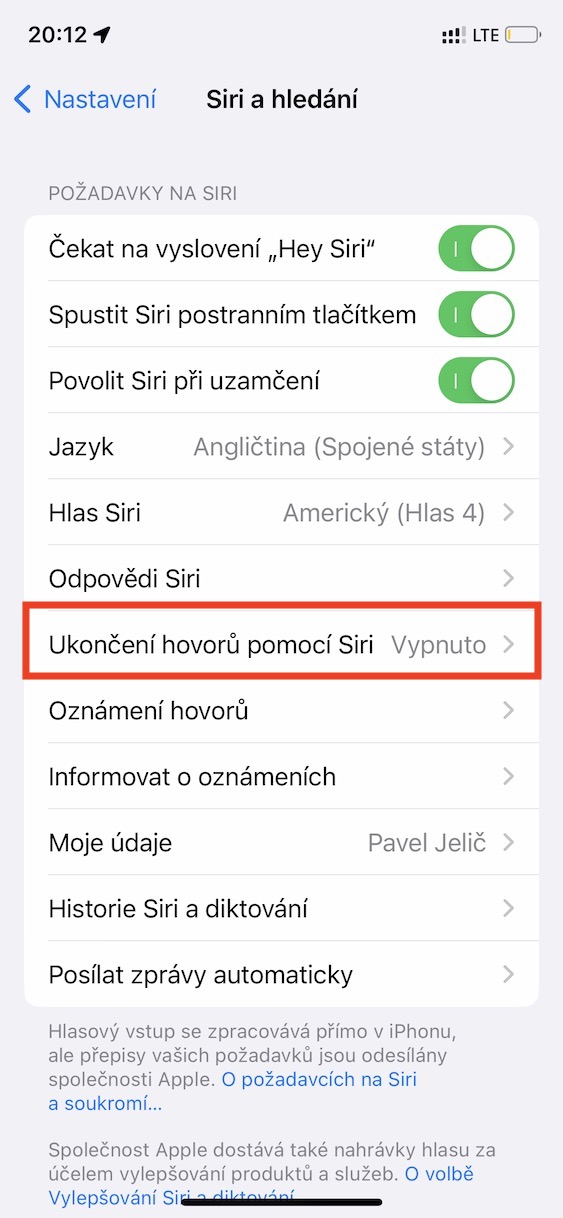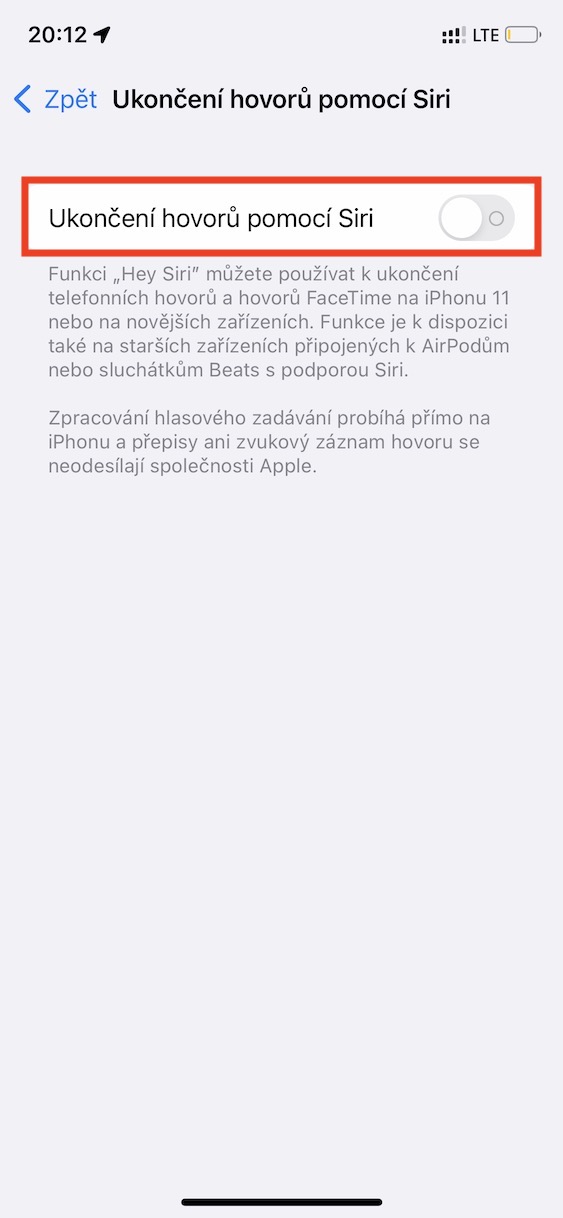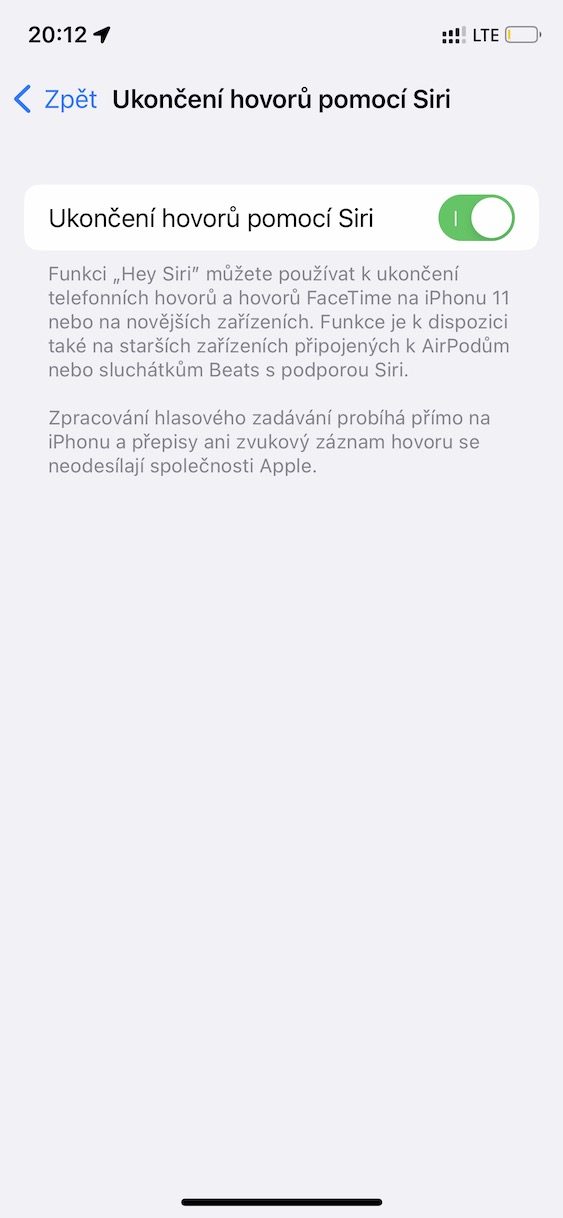We can use the voice assistant Siri to perform countless different actions. Simply activate it, enter the command and wait for execution. Among other things, the ability to use Siri is useful, for example, when you don't have free hands and you need to call someone on your iPhone, for example. You simply activate Siri by saying a command Hey Siri and then you say the call command with the name of the contact, i.e. for example call Wrocław. Siri immediately dials the selected contact and you don't even have to touch the phone. In this way, you can also dial classic numbers, or you can say the relationship of a contact, if you have it set - for example call girlfriend.
It could be interest you
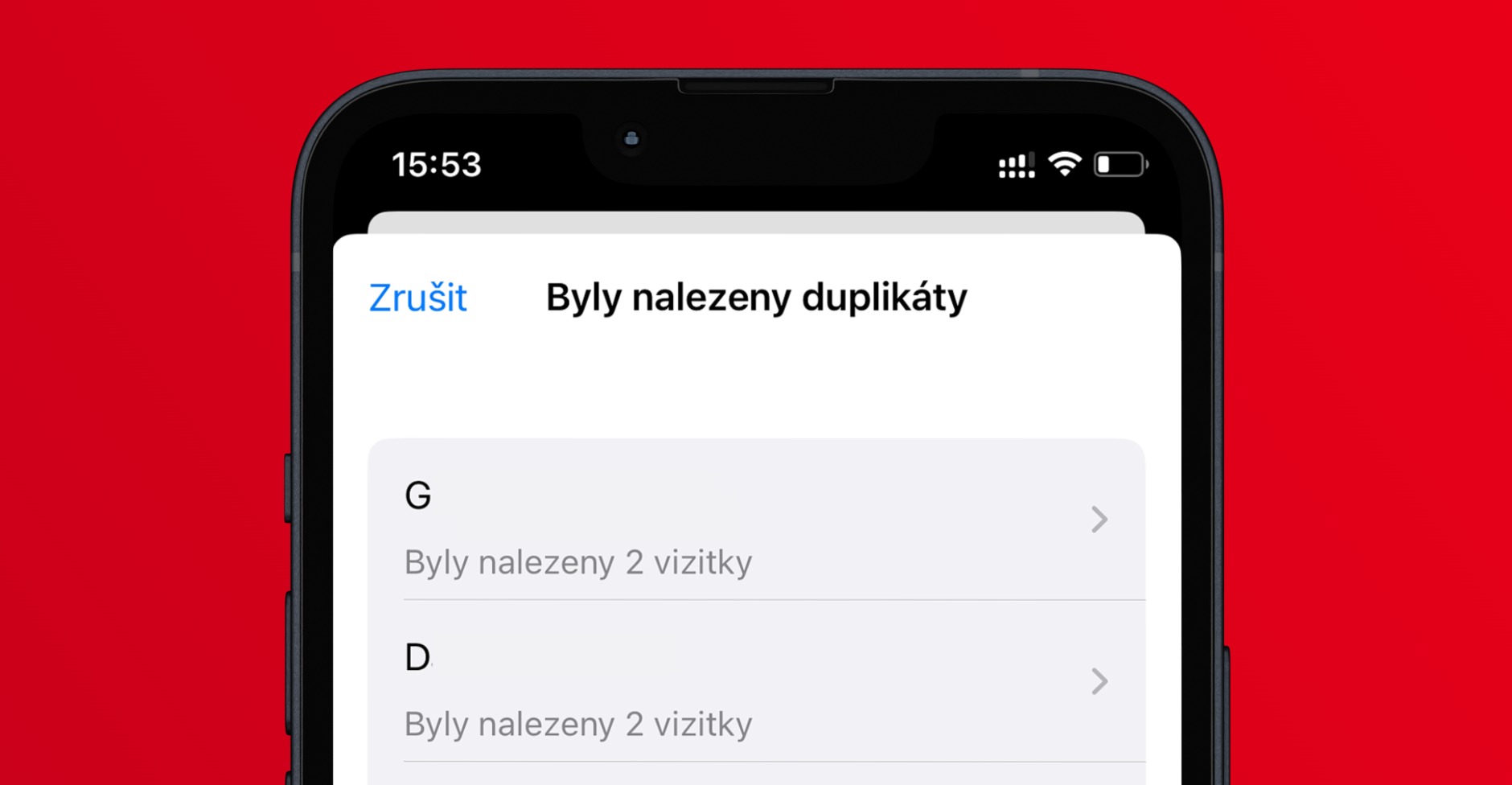
iOS 16: How to end a call with Siri
However, if you called someone in this way without touching the iPhone, it was still a problem to end the call in the same way. Each time you either had to wait for the other party to end the call, or you had to touch the display or press a button. But the good news is that in iOS 16 we can now not only make calls using Siri, but also "hang up". In any case, this function must first be activated, as follows:
- First, you need to go to the native app on your iPhone Settings.
- Once you do, get off below, where to find and open the section Siri and search.
- Subsequently, pay attention to the very first category named Siri requirements.
- Then open a line within this category End calls using Siri.
- Here, all you have to do is switch the function End calls using Siri switch activate.
In the above-mentioned way, it is therefore possible to activate the function, with which you can simply use Siri to end an ongoing call, without having to touch the iPhone. All you have to do is simply say a command, for example Hey Siri, hang up. In any case, in order to be able to use this function, you must have either an iPhone 11 or newer, or an older one, but with connected supported headphones, which include AirPods or Beats with Siri support. Some users might worry that Siri can listen to the call and send call data to Apple's servers, but the opposite is true, as this entire function is performed directly on the iPhone, without sending any data to remote servers.
